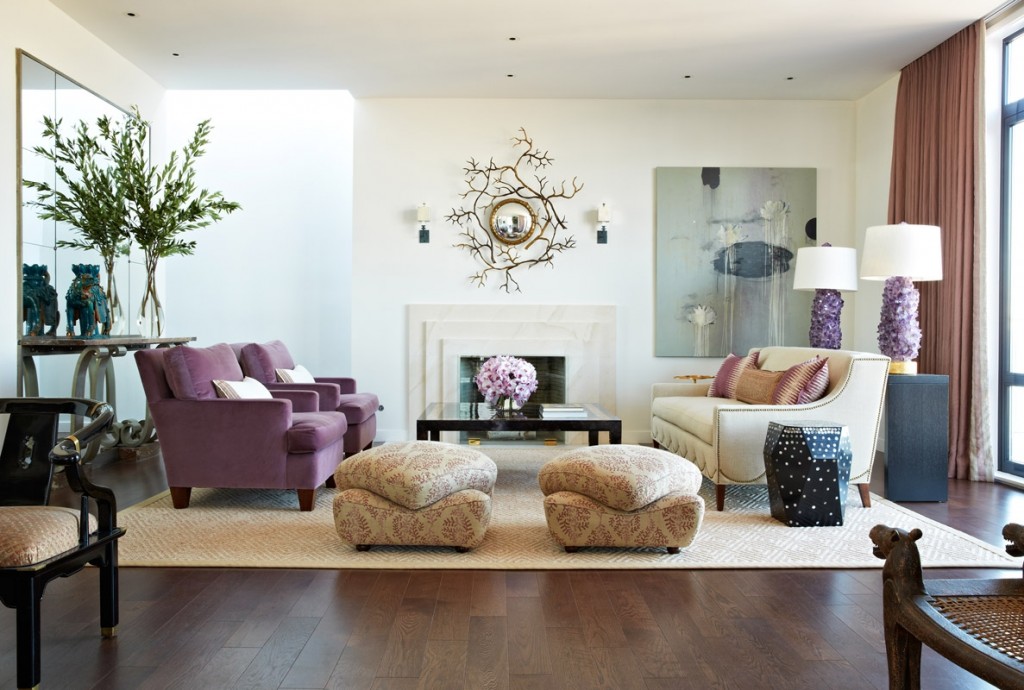Have you ever wondered how the interiors in different design magazines, books and reality shows just seem to work? What is so special about them? Why your home doesn’t look the same way?. The secret is actually so simple that it will make you facepalm. It’s all about the balance in your space.

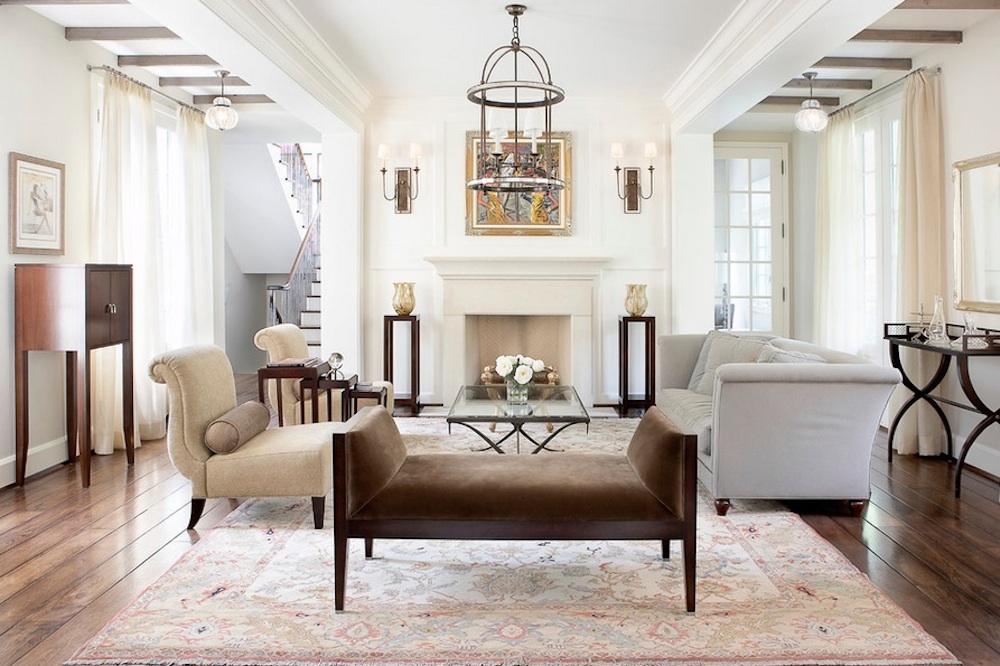 Image Source By Michael Abraham
Image Source By Michael Abraham
In interior design, the term refers to the way in which the visual weight is distributed in a room. There are three basic types of balance – symmetrical, asymmetrical and radial. Are you in crossroad how to arrange your home after the relocation? Or you need to shake up the design of your home? Take your interior from bleak to chic in no time by incorporating one of these design concepts. Here we share some tips with images for how to create well balanced room interior design in you home.
Symmetrical Balance
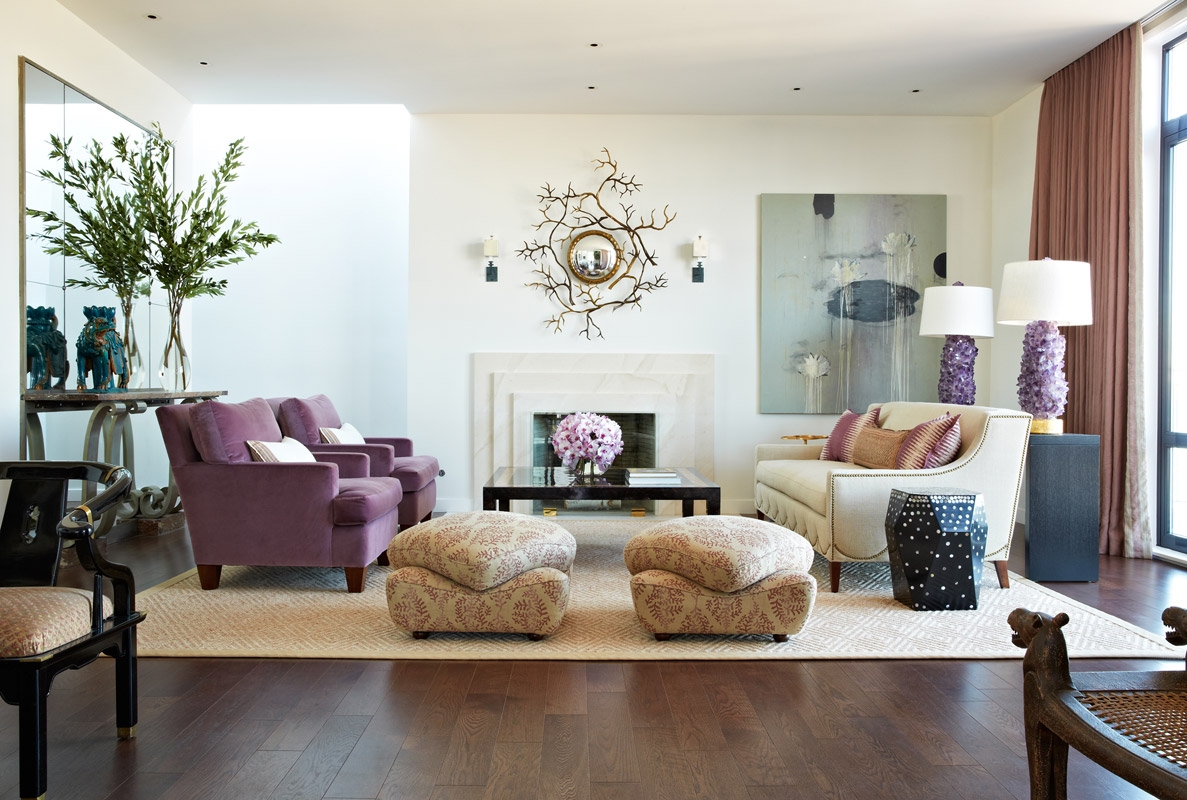 Image Source By Anne Hepher
Image Source By Anne Hepher
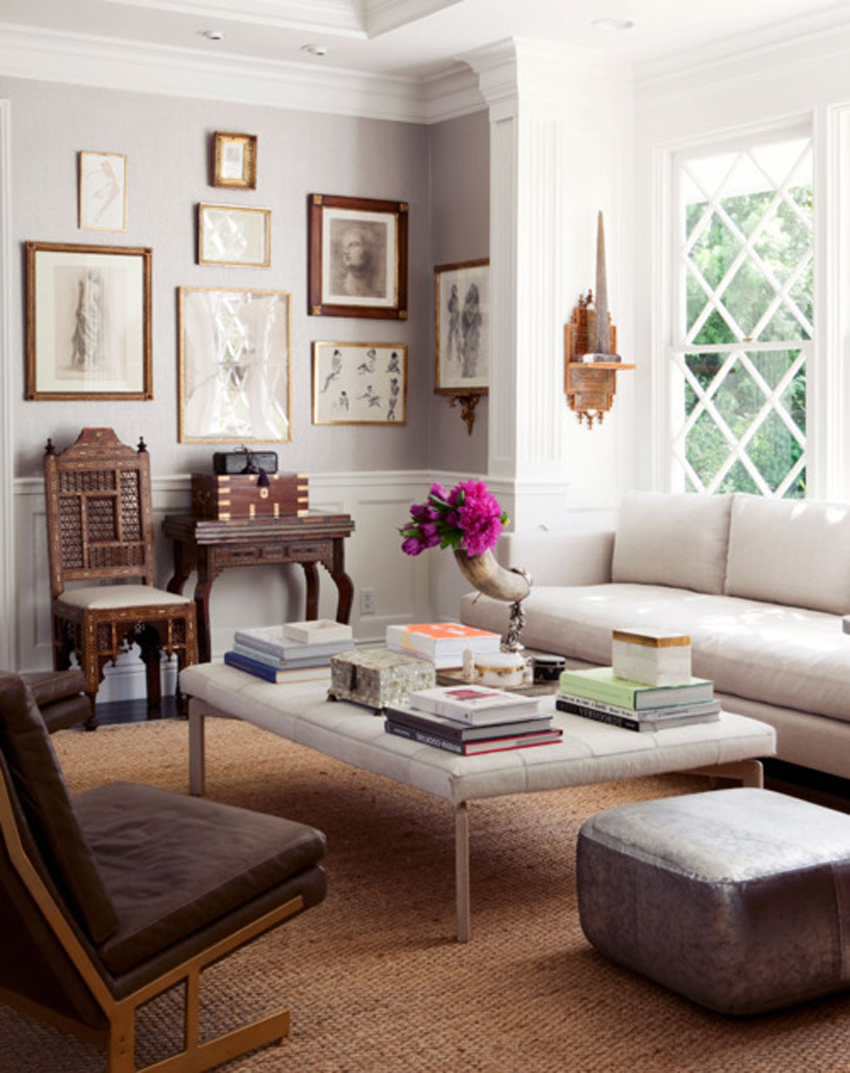 Image Source By Ws Room Ina Box
Image Source By Ws Room Ina Box
Imagine a line that divides the space in two parts. The items and the patterns are mirrored and repeated along this central axis. This is known as symmetrical balance. You can usually observe it in nature. Just pick a leaf and see how its two sides are almost identical. This type of balance is common in interior design. When you unpack after the removal, examine your belongings. Think what will go where. Symmetrical balance evokes calmness, stability and dignity. On the other hand, it may appear static, rigid and dull. It all depends on your taste and view. Symmetrical balance can be achieved by using pattern or furnishing arrangement, as well as through colour.
Asymmetrical Balance
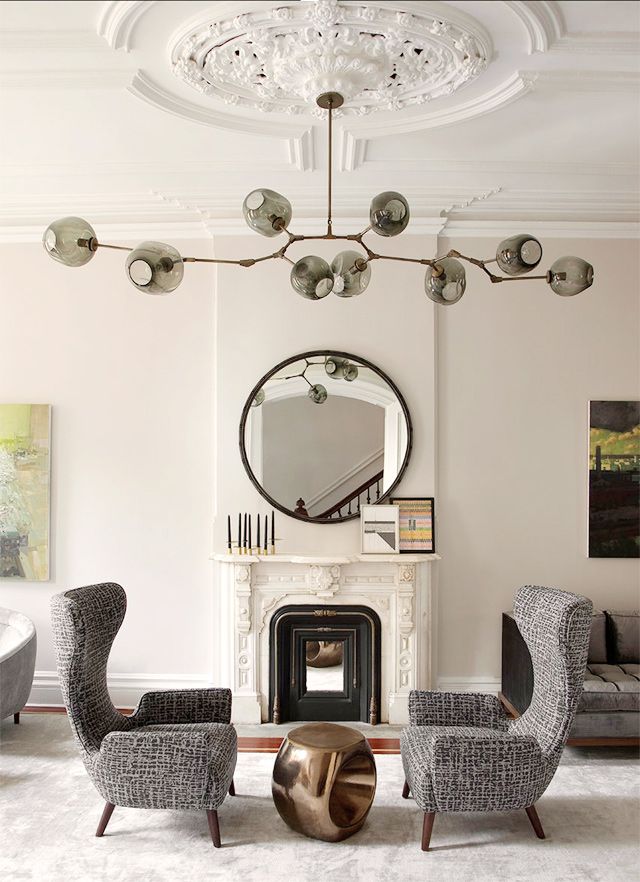 Image Source By Lindsey Adelman Lighting
Image Source By Lindsey Adelman Lighting
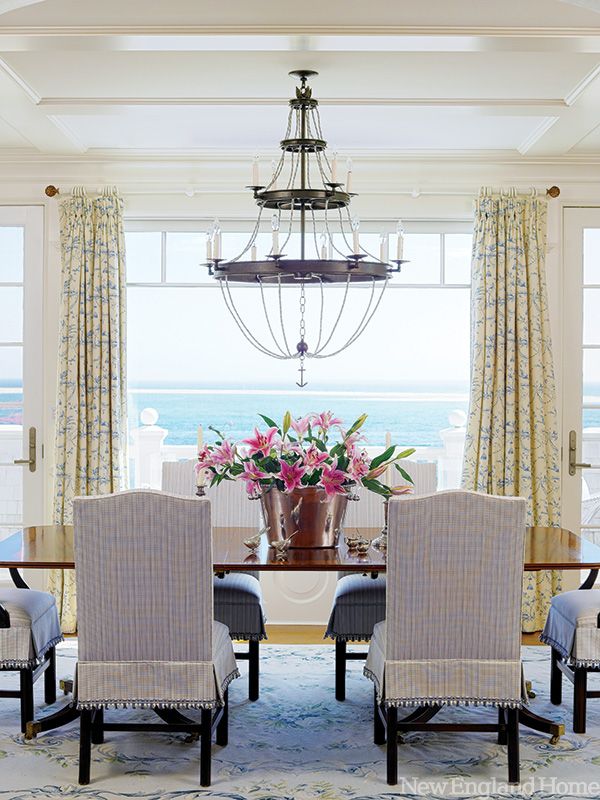 Image Source By New England Home
Image Source By New England Home
Asymmetrical balance is seen in many contemporary interior designs. Incorporate it by mixing dissimilar items that have same eye attraction and visual weight. Asymmetrical balance is more dynamic and less strict than the symmetrical. It’s ideal for people who prefer more casual atmosphere. The downside is that asymmetrical balance is difficult to create. There is a thin line between lively and natural design and a cluttered, disharmonious place. Try by placing a large piece against a couple of smaller ones.
Radial Balance
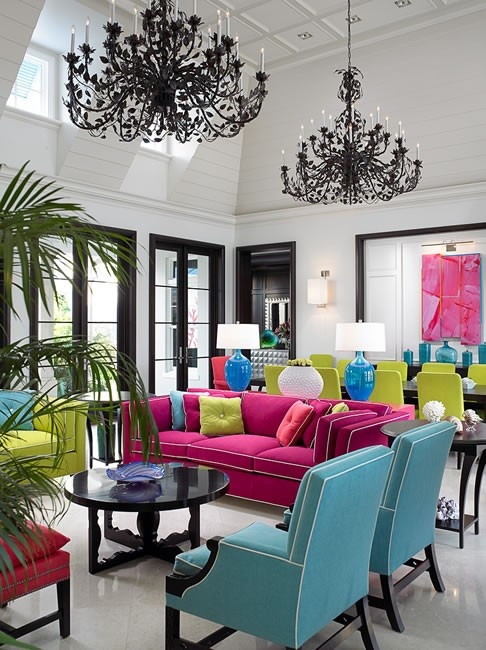 Image Source By John David Edison
Image Source By John David Edison
Radial balanced is created when all objects are arranged around a centre point. A centre point is the core of your room’s design. It should not be necessary in the middle of the place, although that is usually the case. Take your living room for instance. The centre point there is the coffee table and the seating is positioned around it. You can also have more than one centre points, especially if you have a large place. Before moving house, look at the layout of your new home. Radial balance is not a popular choice. If used properly, it can give unique vibe to the place.
Repetition, Progression, Transition
To fully integrate these concepts in your home, you need to understand the underlying mechanism of interior design. Think of it as the rhythm of your home. You can create a sense of movement in your home by using repetition, progression and transition. The first describes the use of a same element thorough out the room. It can be colour, pattern or texture. Progression involves taking an element and then augmenting or decreasing its qualities. It can be gradation by size like a group of candles in different size or progression of colour. Transition is all about creating a smooth connections or flow between the various elements of your decor.
